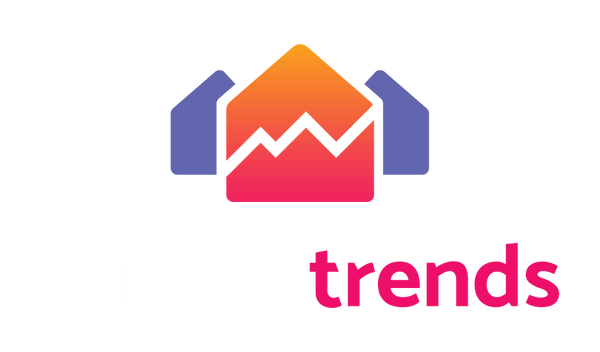In the dynamic landscape of real estate, affordability remains a critical factor influencing decisions for renters and buyers alike. At Suburbtrends, we delve into two pivotal affordability measures: Rent Affordability (%) and Buy Affordability (Years). This blog post will elucidate each approach, explaining their significance and impact on various stakeholders within the real estate market.
Rent Affordability (%)
Definition: Rent Affordability (%) is calculated by assessing the median rent as a percentage of median household income within a specific area. This measure provides a clear picture of the proportion of income that households need to allocate towards rent, offering insights into the economic burden faced by renters.
Why It Matters:
- For Renters: Understanding rent affordability helps individuals and families gauge the financial feasibility of living in a particular area, ensuring that housing costs do not disproportionately consume their income.
- For Investors and Property Managers: This metric is crucial for setting competitive rental prices that align with the local market's economic conditions, optimizing occupancy rates while ensuring rentals remain attractive to potential tenants.
- For Policymakers: Rent affordability data supports the development of housing policies and assistance programs aimed at maintaining or improving housing affordability for residents.
Buy Affordability (Years)
Definition: Buy Affordability (Years) measures the number of years it would take for an average household to pay for a median-priced home outright, based on their annual median household income. This approach provides a temporal perspective on the accessibility of homeownership in different markets.
Why It Matters:
- For Potential Homebuyers: This measure offers valuable insights into the long-term financial commitment required to purchase a home, aiding in personal financial planning and decision-making.
- For Real Estate Professionals: Understanding buy affordability helps agents and advisors tailor their services and recommendations to fit the financial realities of their clients, enhancing client satisfaction and success rates.
- For Urban Planners and Developers: Insights into buy affordability can guide the planning and development of new housing projects to ensure they meet the financial capabilities of the target demographic, promoting balanced community growth.
The Importance of Affordability Measures
Both rent and buy affordability metrics are indispensable for painting a comprehensive picture of the housing market's health and accessibility. They allow for:
- Market Comparisons: Affordability metrics enable stakeholders to compare different areas and markets, identifying regions where housing is more accessible or where affordability challenges may require intervention.
- Trend Analysis: Tracking changes in affordability over time can highlight emerging issues or improvements in the housing market, guiding strategic responses from investors, policymakers, and community leaders.
- Informed Decision Making: Whether for individual housing choices, investment strategies, or policy formulation, these affordability measures provide a solid foundation for decisions aimed at fostering sustainable and accessible housing markets.
Conclusion
Rent and Buy Affordability measures are essential tools for understanding the nuances of the real estate market from both a rental and homeownership perspective. By offering insights into the financial implications of housing decisions, these metrics play a pivotal role in guiding individuals, investors, and policymakers towards informed, strategic actions that promote housing affordability and market stability.
